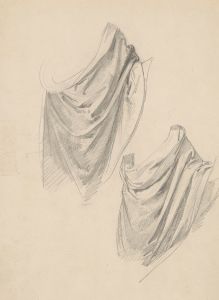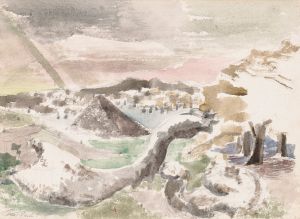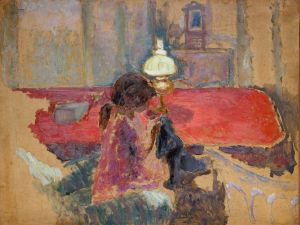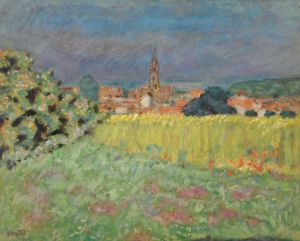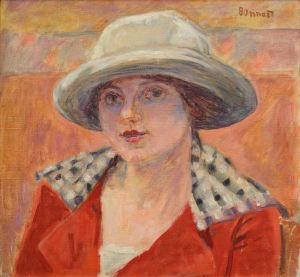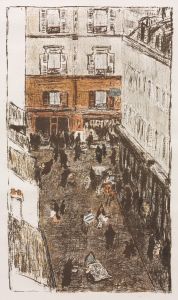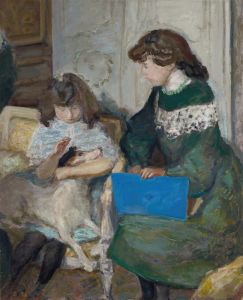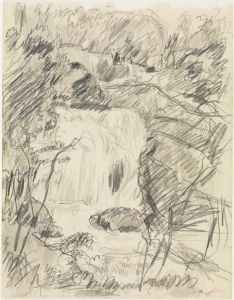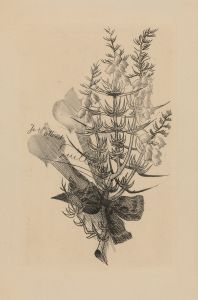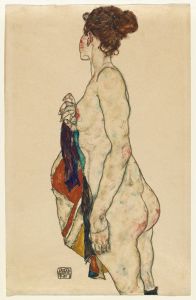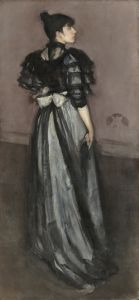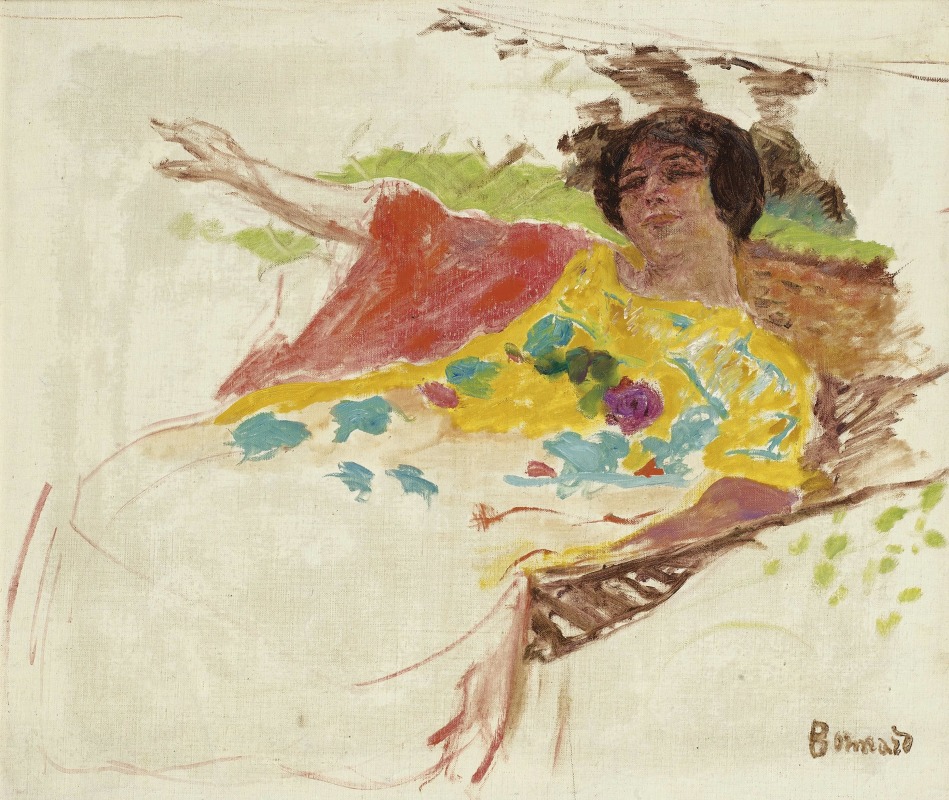
Femme au peignoir dans un hamac
A hand-painted replica of Pierre Bonnard’s masterpiece Femme au peignoir dans un hamac, meticulously crafted by professional artists to capture the true essence of the original. Each piece is created with museum-quality canvas and rare mineral pigments, carefully painted by experienced artists with delicate brushstrokes and rich, layered colors to perfectly recreate the texture of the original artwork. Unlike machine-printed reproductions, this hand-painted version brings the painting to life, infused with the artist’s emotions and skill in every stroke. Whether for personal collection or home decoration, it instantly elevates the artistic atmosphere of any space.
Pierre Bonnard, a prominent French painter and a founding member of the post-impressionist group Les Nabis, is celebrated for his vibrant use of color and innovative compositions. One of his works, "Femme au peignoir dans un hamac" (translated as "Woman in a Bathrobe in a Hammock"), exemplifies his unique approach to capturing intimate domestic scenes with a focus on light and color.
Bonnard was known for his ability to infuse everyday scenes with a sense of warmth and intimacy, often depicting his family and close friends in relaxed, informal settings. His work is characterized by a departure from the strict realism of earlier periods, instead embracing a more subjective and emotional approach to painting. This is evident in "Femme au peignoir dans un hamac," where Bonnard's use of color and composition creates a serene and contemplative atmosphere.
The painting features a woman reclining in a hammock, draped in a bathrobe. Bonnard's choice of subject reflects his interest in capturing the quiet moments of everyday life, a theme that recurs throughout his oeuvre. The setting is likely a garden or a sunlit room, suggested by the interplay of light and shadow that Bonnard skillfully renders. The hammock, a symbol of leisure and relaxation, further emphasizes the tranquil mood of the scene.
Bonnard's technique in this painting is notable for its use of color to convey mood and depth. He often employed a palette of warm, muted tones, which he layered to create a rich, textured surface. This approach allows the viewer to experience the painting not just visually, but almost tactilely, as if they could feel the warmth of the sun and the softness of the fabric. The woman's bathrobe, rendered in soft hues, contrasts with the surrounding environment, drawing the viewer's eye to her relaxed posture and serene expression.
The composition of "Femme au peignoir dans un hamac" is carefully balanced, with the hammock creating a diagonal line that guides the viewer's gaze across the canvas. Bonnard's use of perspective is subtle, focusing more on the overall harmony of the scene rather than strict adherence to realistic proportions. This technique is a hallmark of his style, allowing him to convey a sense of intimacy and immediacy.
Bonnard's work, including "Femme au peignoir dans un hamac," is often associated with the broader post-impressionist movement, which sought to explore new ways of seeing and representing the world. His emphasis on color and light, as well as his focus on personal and domestic subjects, set him apart from his contemporaries and have earned him a lasting place in the history of modern art.
While specific details about the creation and provenance of "Femme au peignoir dans un hamac" may not be extensively documented, the painting remains an important example of Bonnard's artistic vision. It reflects his ability to transform the mundane into the extraordinary, inviting viewers to pause and appreciate the beauty in everyday moments. Through his innovative use of color and composition, Bonnard continues to inspire and influence artists and art lovers alike.





